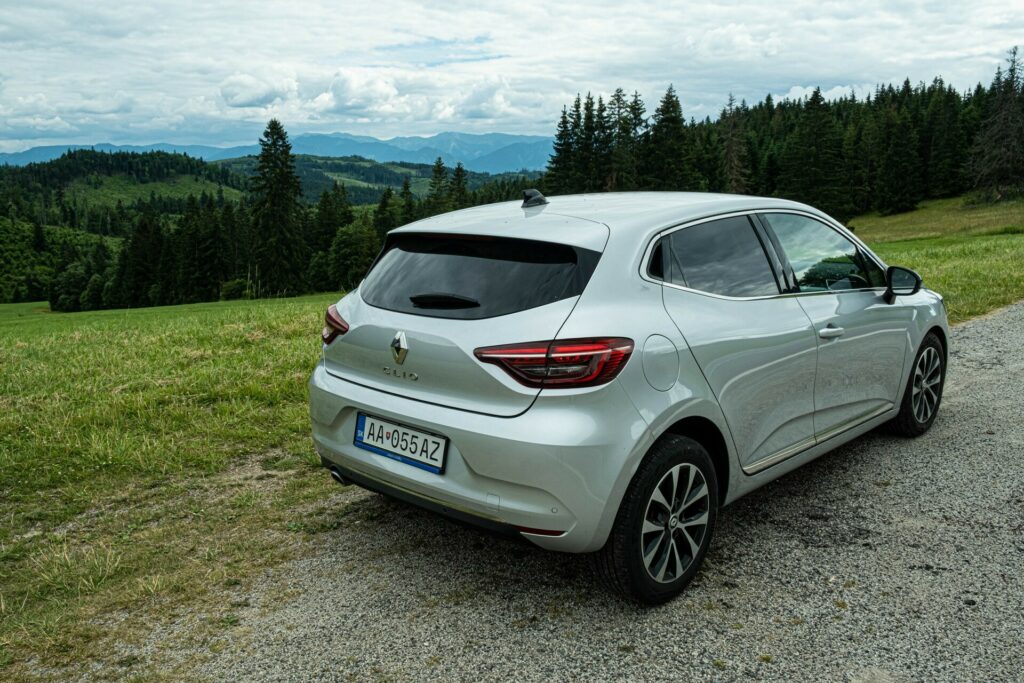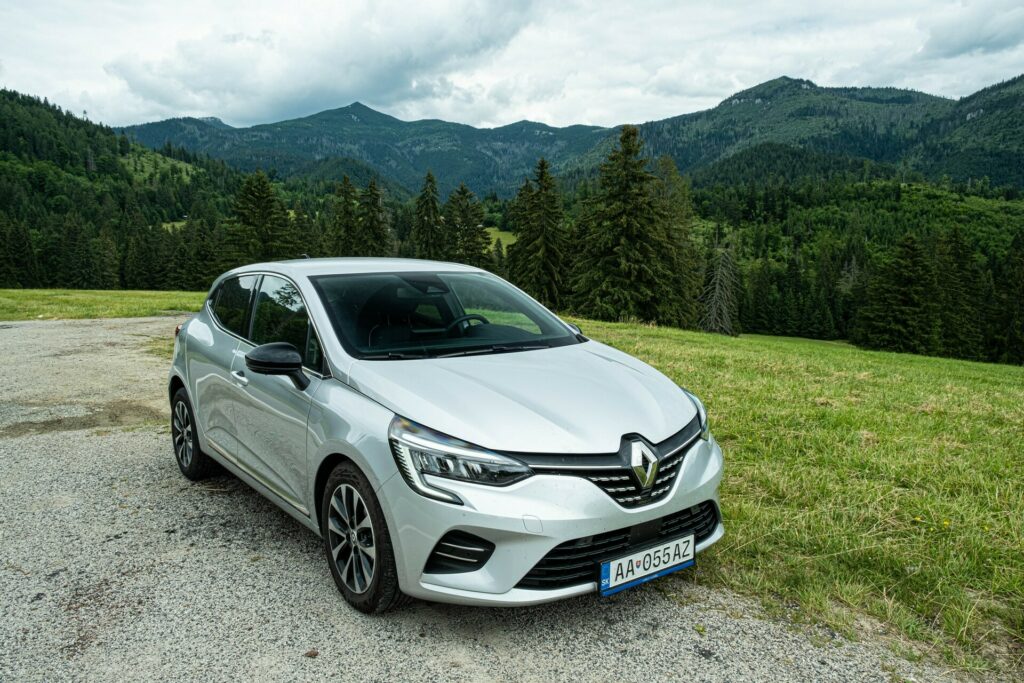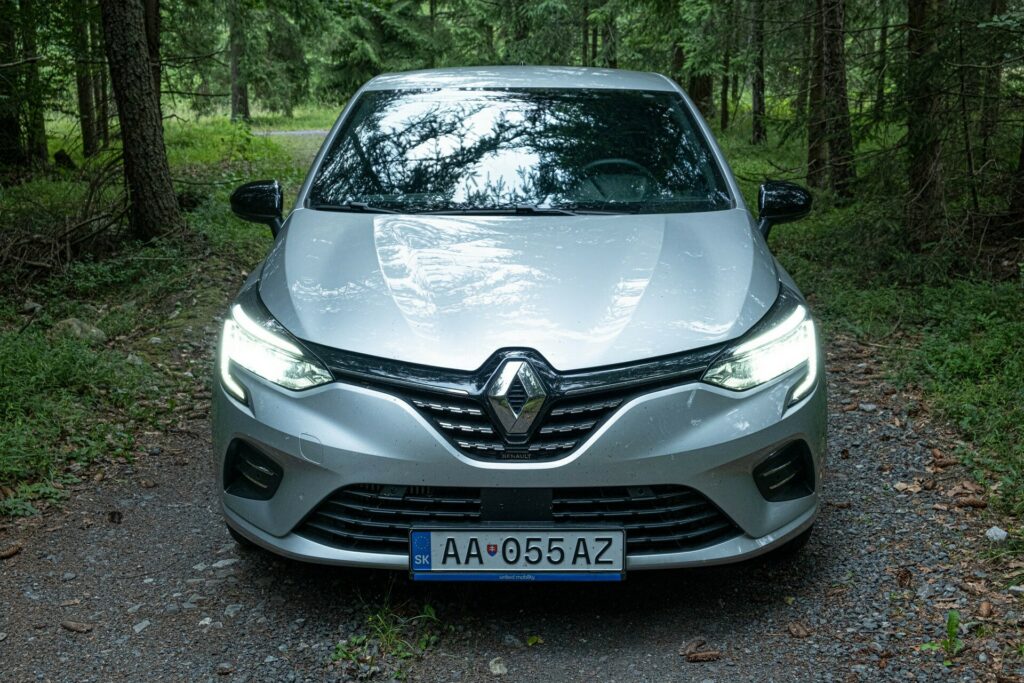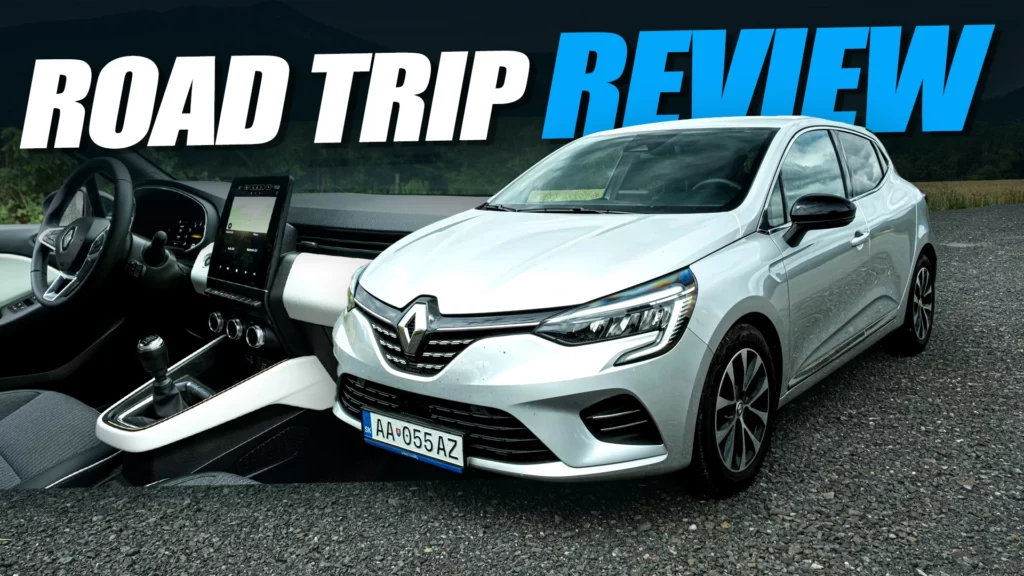When most people imagine a European road trip, they probably dream about driving through tiny Tuscan villages in Italy, where every corner offers a postcard view. Or perhaps cruising along the sun-soaked French Riviera, the Mediterranean shimmering to one side. Or maybe heading to Germany to experience the fabled Autobahn where the legendary “no speed limit” signs offer the ultimate in driving freedom.
For me? I decided to throw the road trip rulebook out the window and spent two weeks exploring the mountainous regions of Slovakia and Poland. After all, why do what everyone else is doing and enjoy Europe’s summer sun on the beach when you could be profusely sweating hiking up a mountain in search of a waterfall?
I get it—this probably sounds like a version of hell to most people, but for me, it was the ideal antidote to my usual grind in the big city. It was also much cheaper than anywhere in Western Europe. Fewer crowds, less money spent, and a much-needed break from the typical “bucket list” spots. Sounds like a win to me.
QUICK FACTS
My steed for the journey was a 2022 Renault Clio I picked up from Bratislava Airport. It wasn’t the most glamorous option, but it was the cheapest. I had been promised that it would be the facelifted, fifth-gen Clio that was launched in 2023, but alas, it wasn’t. Nevertheless, it was still my first time driving the Clio V having previously owned a third-gen Clio RS a couple of years ago.

After picking up the keys to my supermini – finished in a glistening shade of silver – I popped the hood to see whether I’d been given the base 999 cc, three-cylinder model or the slightly larger and more powerful 1.3-liter. Much to my dismay, it was the former.
Review: This Is Our 2011 Renault Clio RS 200 AGP
I’ve experienced a Renault 1.0-liter three-pot before. Rewind roughly 12 months and I took a 3-week trip to South Africa and rented a Renault Triber, a mini MPV that you’ve probably never heard of that’s built in India. Producing a grand total of 71 hp and 71 lb-ft (96 Nm) of torque, it was absolutely gutless. To maintain highway speeds along a road with even a 1% incline, I had to plant my foot to the floor and change down a gear.
Could this Clio, fitted with a very similar (albeit not identical) engine cope with the tough inclines around the stunning Tatra National Park? I wasn’t so sure. But, come along for the ride, and I’ll let you know.
Photos: Brad Anderson/Carscoops
After pulling out of the Avis carpark, I quickly adjusted to driving on the left-side of the car and made my first pit stop. Lidl. If you live in Europe, or have traveled to it, you’ll know this discount supermarket chain is perfect for cheap snacks. With a full stomach, I headed onto the highway for my first overnight stay near the picturesque city of Banská Bystrica encircled by three mountain chains.
Most of the highways where I live in Australia are capped at 100 km/h (62 mph), so I was pleasantly surprised to find those in Slovakia are usually 130 km/h (81 mph). What surprised me more was how willing the little Clio was to get up to these speeds. While it had a similar 999 cc engine to the Triber I drove in 2023, it’s known as the TCe 100 and delivers a more satisfying 99 hp (74 kW) and 118 lb-ft (160 Nm). This extra grunt comes from the fact it rocks a teeny-tiny turbocharger.
A solid punch
The turbo made all the difference, making it a breeze to get up to the speed limit and stay there, even along the inclines I had feared so much. Coupled to this engine is a six-speed manual driving the front wheels. It still needs a solid 12 seconds to hit 100 km/h (62 mph) but it was nice enough to wring out, even though it didn’t sound particularly inspiring.
I stayed in Banská Bystrica for two nights and stumbled upon some absolutely fantastic roads. The highlight was a stunning ribbon of tarmac running between the towns of Harmanec and Turčianske Teplice. Filled with incredible twists and turns, as well as some spectacular views, it was the perfect place to put the Clio through its paces.

As we all know, rental cars are the fastest cars in the world and while our plucky Clio wasn’t an RS, it felt right at home around the tight turns and hairpins. It came fitted with Continental EcoContact6 tires that were quiet at highway speeds but offered plenty of grip. The Clio was easy to push into gentle understeer, and on the limit, it remained controllable, with the tires letting out a gentle screech whenever I pushed too much.
The shifting action of the six-speed was long and lazy, while the clutch was light. For a car like this, this isn’t a surprise, and it makes the Clio a breeze to drive in cities and towns. It’s not as well suited to flinging up and down a mountain pass though.
Read: A New Electrified Renault Clio Is Coming In 2026
Next, I headed to the small village of Žiar for a couple of days before entering the Tatra National Park for the first time. The scale and size of this mountain range is jaw-dropping. The views are spectacular. The food is excellent. The summer weather is beautiful. I would have loved to have been in a high-powered sports car cruising along Freedom Road (road 537) from the towns of Pribylina to Tatranska Kotlina but the Renault did the job.
Photos: Brad Anderson/Carscoops
Now is a good time to mention the quality of the mountain roads in Slovakia. The nation was once part of Czechoslovakia, a former communist state, before splitting to become an independent state in 1993. I expected to find bumpy surfaces and potholes throughout the mountainous regions. I was wrong.
While many of the areas I stayed in are blanketed in snow during the winter, the roads are absolutely pristine and among the smoothest I’ve experienced. Potholes are non-existent, and they make Aussie roads seem utterly shocking. God knows how they’re maintained, but they stand up to the elements and make driving a real pleasure.
I then headed to Zakopane, just across the border in Poland. In winter, it’s a mecca for skiing and snowboarding, while in summer, it’s a mecca for hiking. It’s perhaps my favorite area of Poland and is dominated by soaring peaks and beautiful lakes. Unfortunately, it was very busy, and I couldn’t enjoy some of the flowing mountain roads as much as I did in Slovakia because of the traffic.

My stay did give me a good opportunity to dive into more of the Clio’s details. Dominating the interior experience is a large portrait-oriented infotainment system. The display is crisp and sharp, offering plenty of contrast and great colors. What’s not so nice is the software. It’s quite slow to respond to touches and the multimedia system is basic compared to what rivals offer. Both wired Apple CarPlay and Android Auto are supported.
Having spent two years living with a Clio 3, the Clio 5 felt noticeably bigger, even though it remains quite a small car. There’s plenty of room up front for tall occupants and even headroom and legroom in the second row is good. The trunk can hold 391 liters (13.8 cubic-feet), which was more than enough for all of my luggage.
Fuel efficiency is another strong suit. I averaged 5.5 l/100 km (42.7 U.S. mpg) during my ~1,600 km (994-mile) road trip and only had to fuel up twice.
Verdict
While this pre-facelift Clio 5 wasn’t the one I had been promised, it proved to be up to the task and was a worthy companion for the trip. Admittedly, it did ride a little firm but it always remained comfortable and had just enough grunt for overtaking on the highway. I would have liked a little more power and may have been better off with one of the 1.3-liter models. However, for most motorists, and for most of the time, the 99 hp Clio is good enough. If you live in Europe and can find a used one for less than €12,000, add it to your shortlist.








































































